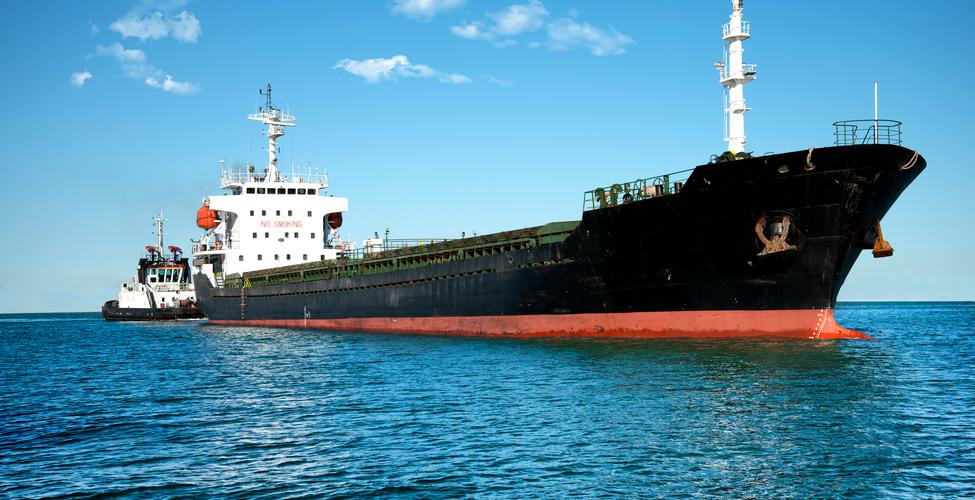To assist in meeting your planning needs, we will require information from you. To expedite this process, please download and complete the appropriate Vessel Characteristics Forms below and return them to vesselservices@wittobriens.com.
- VCF Enclosure 1 – Contracted Party and Services
- VCF Enclosure 2 – Vessel Information
- 2013 EPA Vessel General Permit Batch Upload File
- VCF Enclosure 4 – Alaska Services
- VCF Enclosure 6 – Biofouling Management Plan
As part of our “Partners in compliance” program, Witt O’Brien’s Vessel Services prepares the following types of plans:
VESSEL RESPONSE PLAN (VRP)
Required for any vessel that carries oil as cargo in U.S. waters and for each vessel that is constructed or adapted to carry, or that carries, oil in bulk as cargo or oil cargo residue, and that:
- Is a vessel of the United States;
- Operates on the navigable waters of the United States; or
- Transfers oil in a port or place subject to the jurisdiction of the United States.
This also applies to vessels which engage in oil lightering operations in the marine environment beyond the baseline from which the territorial sea is measured, and when the cargo lightered is destined for a port or place subject to the jurisdiction of the United States.
NONTANK VESSEL RESPONSE PLAN (NTVRP)
Required for any self-propelled nontank vessel over 400 gross tons, which operates in U.S. Waters, uses oil as its main propulsion, and does NOT carry oil in bulk as cargo.
CALIFORNIA VESSEL CONTINGENCY PLAN (CAVCP)
Required for all tank vessels calling California or operating (within three [3] nautical miles) and therefore in California waters.
CALIFORNIA NONTANK VESSEL CONTINGENCY PLAN (CANTVCP)
Required for any nontank vessels (300 gross tons or greater) calling or operating (within three [3] nautical miles) in California waters.
ALASKA NONTANK VESSEL STREAMLINED OIL DISCHARGE PREVENTION AND CONTINGENCY PLAN (ODPCP)
Required for any nontank vessels (400 gross registered tons or greater) calling Alaska and/or operating in Alaska waters (within 3 nautical miles).
SHIPBOARD OIL POLLUTION EMERGENCY PLAN (SOPEP)
Regulation 37 of Annex I of MARPOL requires oil tankers of 150 gross tons or greater and all nontank vessels of 400 gross tons or greater to carry an approved Shipboard Oil Pollution Emergency Plan (SOPEP).
SHIPBOARD MARINE POLLUTION EMERGENCY PLAN (SMPEP)
Regulation 17 of Annex II of MARPOL requires all ships of 150 gross tons or greater that are certified to carry Noxious Liquid Substances (NLS) in bulk to carry on board a Shipboard Marine Pollution Emergency Plan for NLS prepared in accordance with Regulation 17 in Annex II of MARPOL 73/78.
PANAMA CANAL SHIPBOARD OIL POLLUTION EMERGENCY PLAN (PCSOPEP)
Required for any toll-paying vessel, that intends to transit the Panama Canal with a 400 metric ton (MT) or more carrying capacity of oil as cargo and/or fuel. The carrying capacity of a vessel is equal to the sum of the capacities of all oil cargo and fuel tanks.
VESSEL GENERAL PERMIT (VGP)
All commercial vessels 79 feet in length or greater and over 300 gross tons or with a ballast water capacity of more than 8m3 that call US waters (0-3 miles) are required to comply with the VGP and submit a Notice of Intent (NOI). Commercial vessels that are 79 feet in length or greater but are less than 300 gross tons with a ballast water capacity of less than 8m3 are also required to comply with the VGP, but do not need to submit an NOI. With the exception of ballast water discharges, this is not applicable to commercial fishing vessels of any length or non-recreational vessels under 79 feet in length. This is not applicable to recreational vessels as defined in section 502(25) of the Clean Water Act.
GARBAGE MANAGEMENT PLAN
In accordance with Regulation 9 of Annex V MARPOL 73/78, every ship of 400 gross tons or greater and every ship certified to carry 15 persons or more must comply by developing and implementing a Garbage Management Plan.
BALLAST WATER MANAGEMENT PLAN
Applicable to vessels that are designed, equipped and intended to conduct ballast water exchange and treatment at sea in accordance with the “International Convention for the Control and Management of Ships’ Ballast Water and Sediments, 2004”, the associated IMO Guidelines and national regulations addressing ballast water exchange and treatment. These plans must be approved by Flag Administration or Class Society. Additional fees may apply to obtain the appropriate approval.
Let us assist you with your vessel planning needs. Contact us for more information including a quote for services at vesselservices@wittobriens.com.





